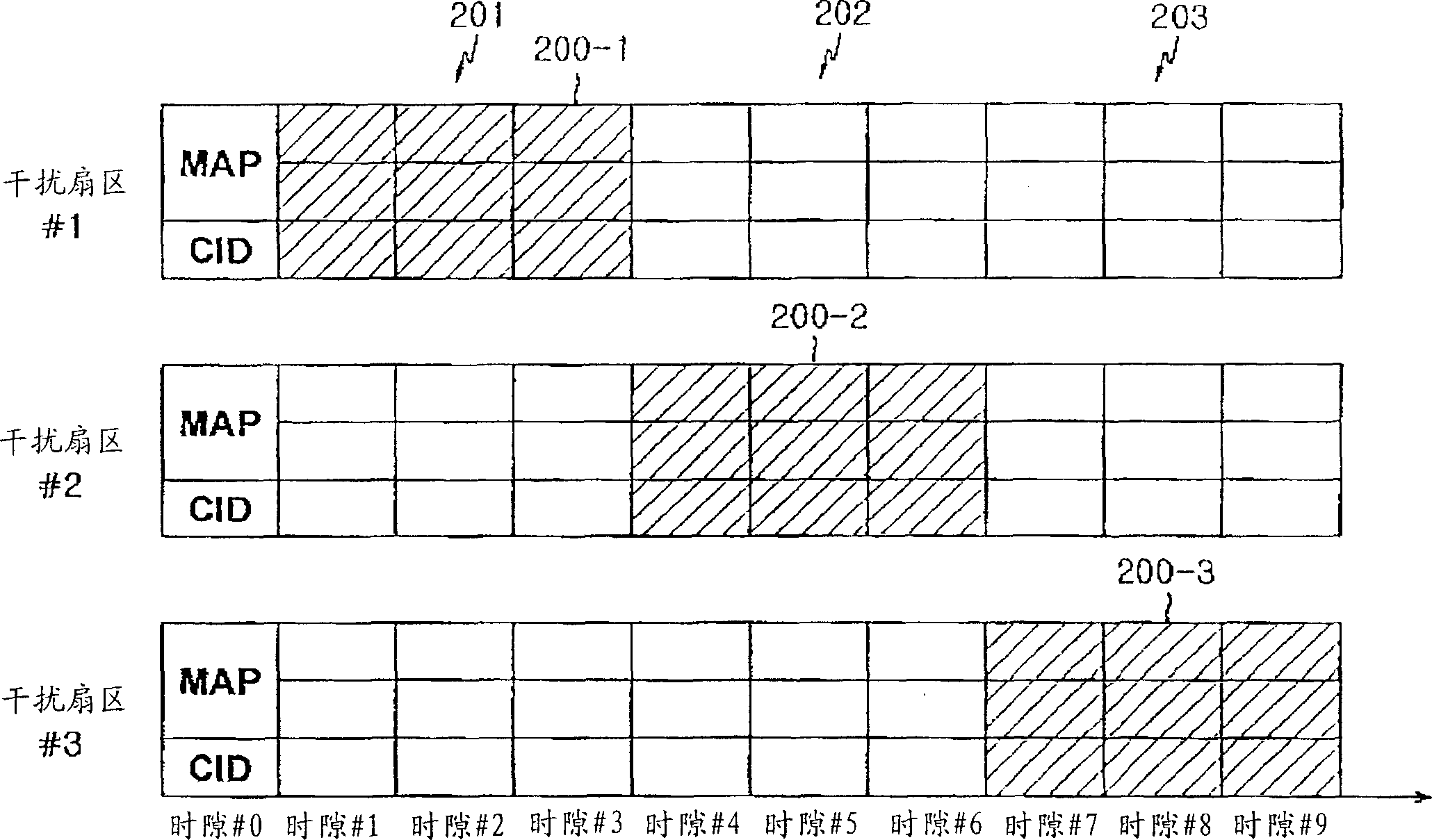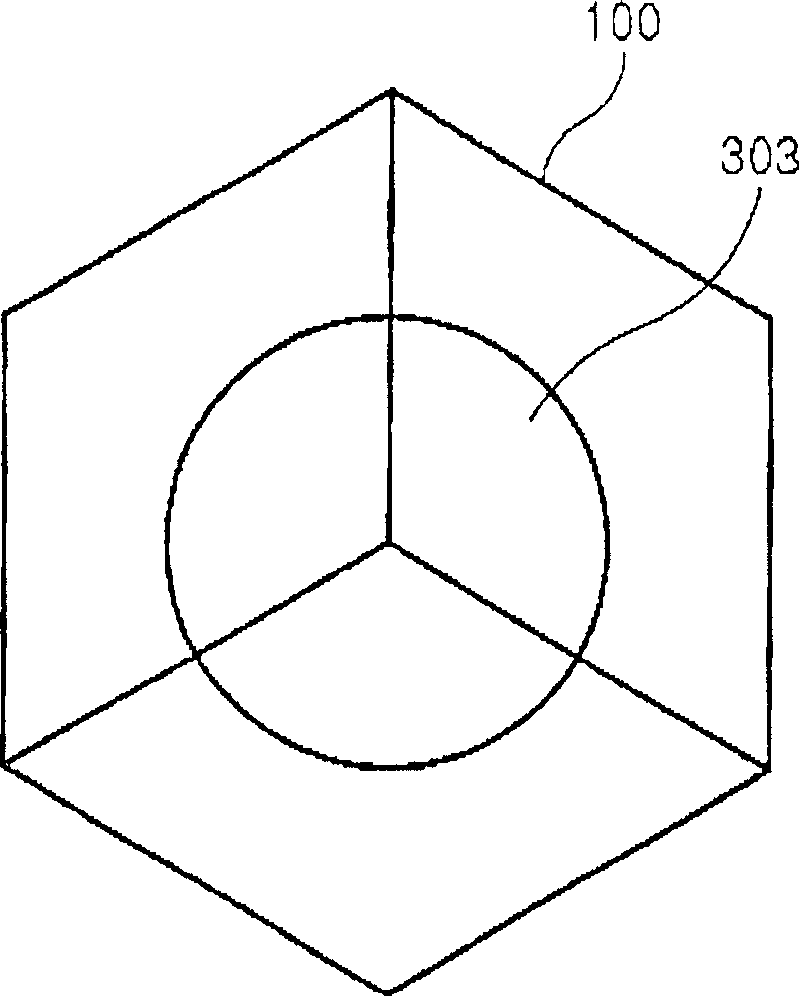Resource allocation scheduling method for a cellular communication system
A cellular communication system and resource allocation technology, which is applied in the field of resource allocation and scheduling, and can solve problems such as low information throughput, reduced system capacity, and terminal mobility impact.
- Summary
- Abstract
- Description
- Claims
- Application Information
AI Technical Summary
Problems solved by technology
Method used
Image
Examples
Embodiment Construction
[0015] Several preferred embodiments of the present invention will be described below by means of the accompanying drawings. In the following description, well-known functions or constructions will not be described in detail since they would obscure the subject matter of the present invention in unnecessary detail.
[0016] figure 1 A cellular system comprising hexagonal cells to which the invention is applied is illustrated. refer to figure 1 , each cell is divided into three sectors. All cells are allocated the same frequency band, and the sectors 101, 102, and 103 constituting the cell 100 are allocated different resources. In addition, the corresponding sector in the cell is designed to be allocated resources different from the adjacent sectors of the adjacent cells. In the present invention, a sector using the same frequency in different cells is referred to as an "interfering sector". exist figure 1 In , the interfering sectors of sector 101 of cell 100 are sector ...
PUM
 Login to View More
Login to View More Abstract
Description
Claims
Application Information
 Login to View More
Login to View More - R&D
- Intellectual Property
- Life Sciences
- Materials
- Tech Scout
- Unparalleled Data Quality
- Higher Quality Content
- 60% Fewer Hallucinations
Browse by: Latest US Patents, China's latest patents, Technical Efficacy Thesaurus, Application Domain, Technology Topic, Popular Technical Reports.
© 2025 PatSnap. All rights reserved.Legal|Privacy policy|Modern Slavery Act Transparency Statement|Sitemap|About US| Contact US: help@patsnap.com



